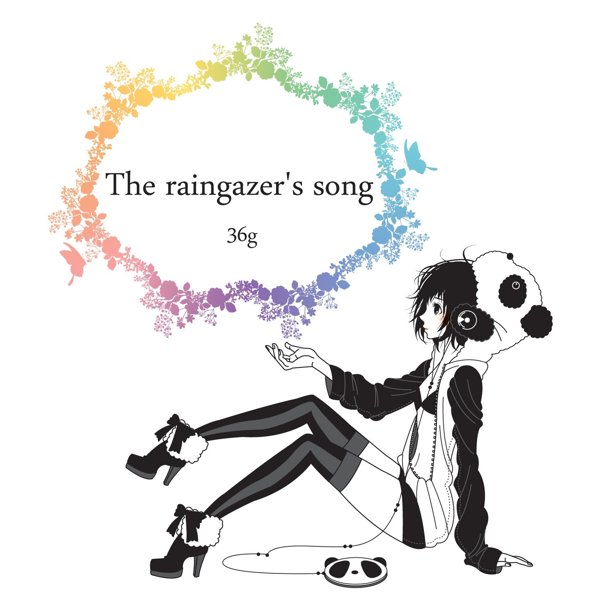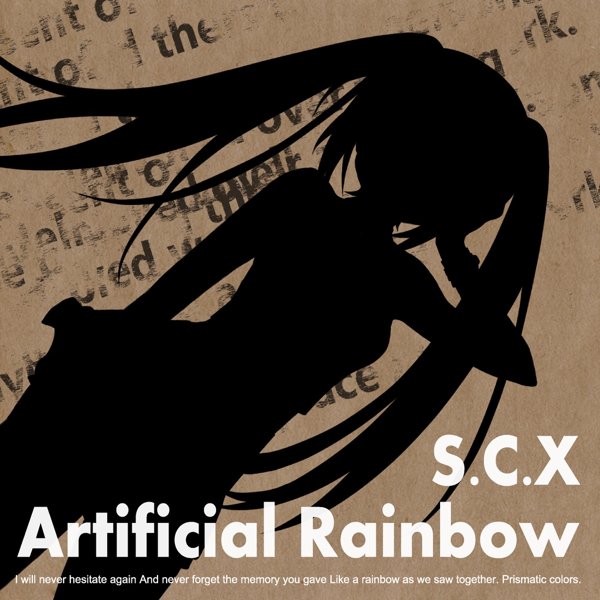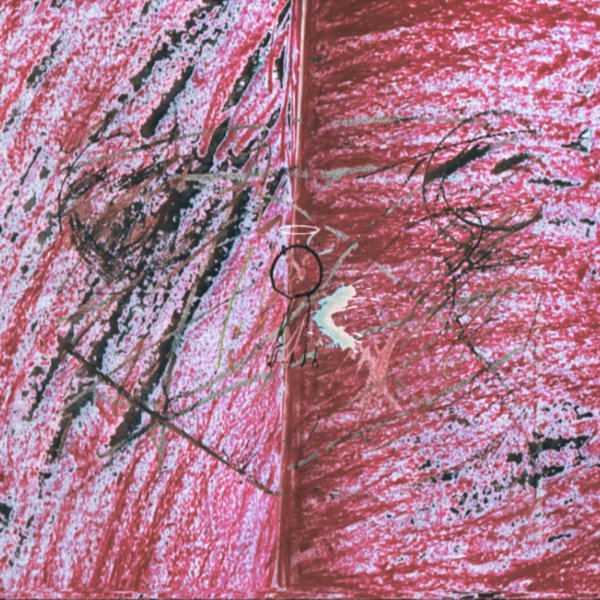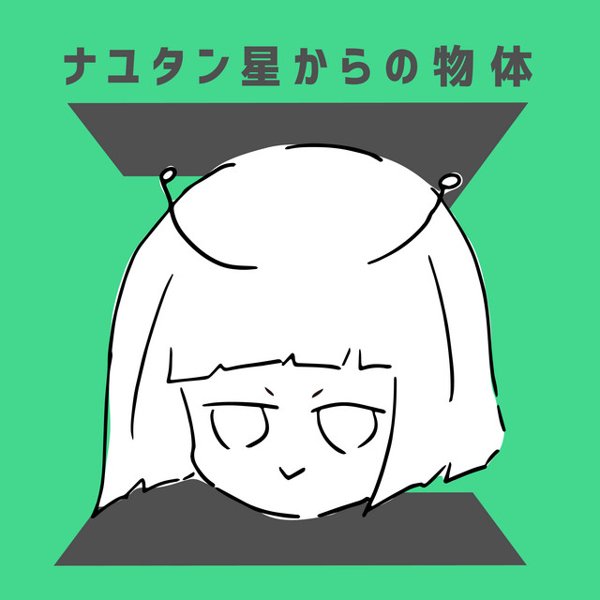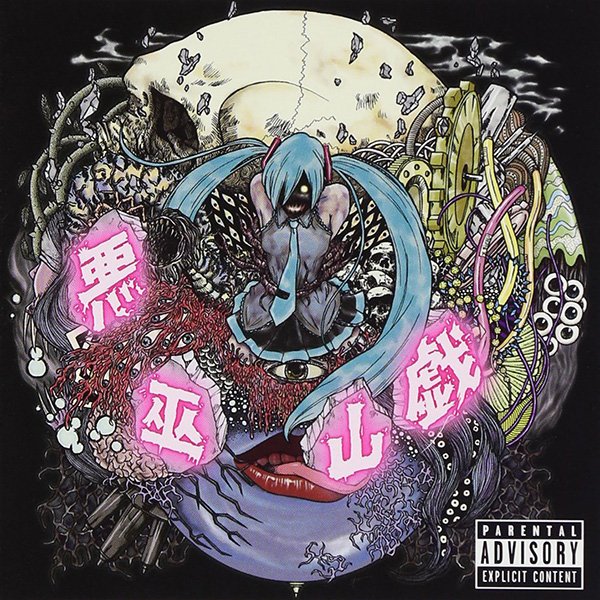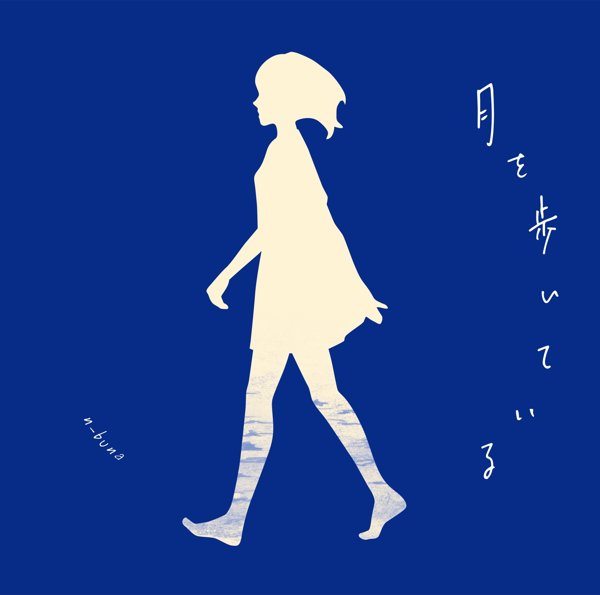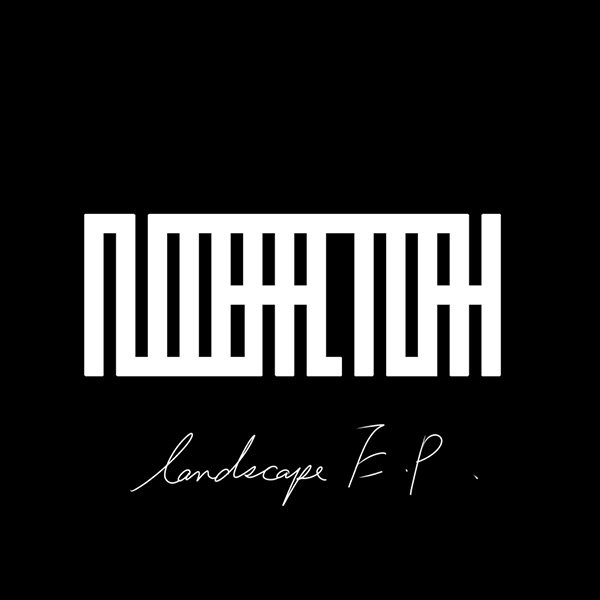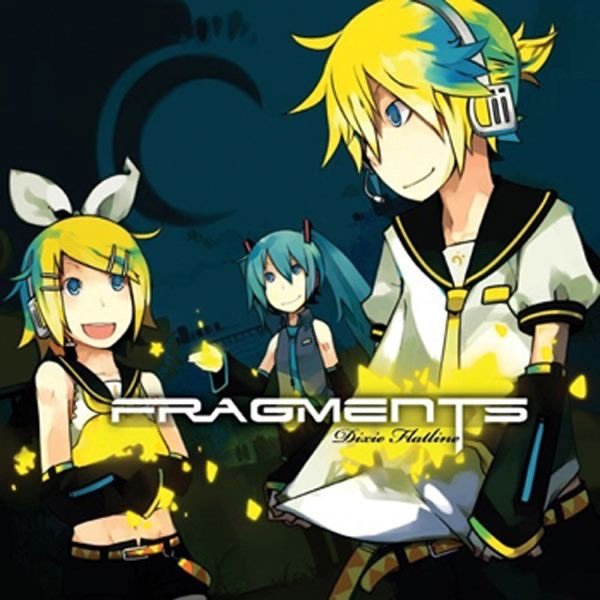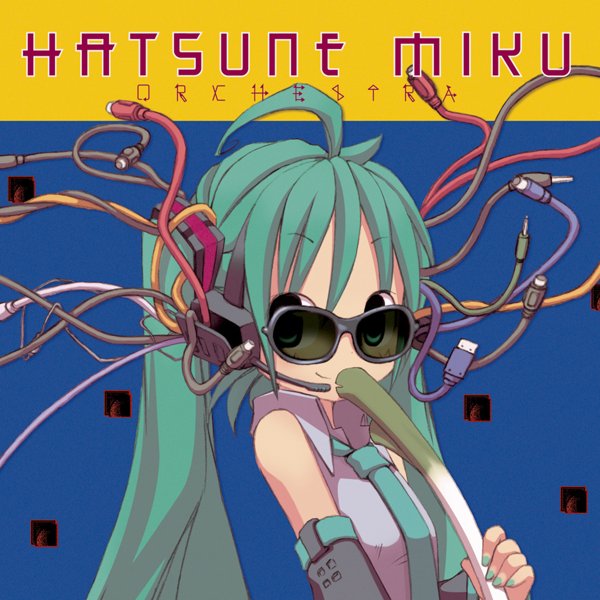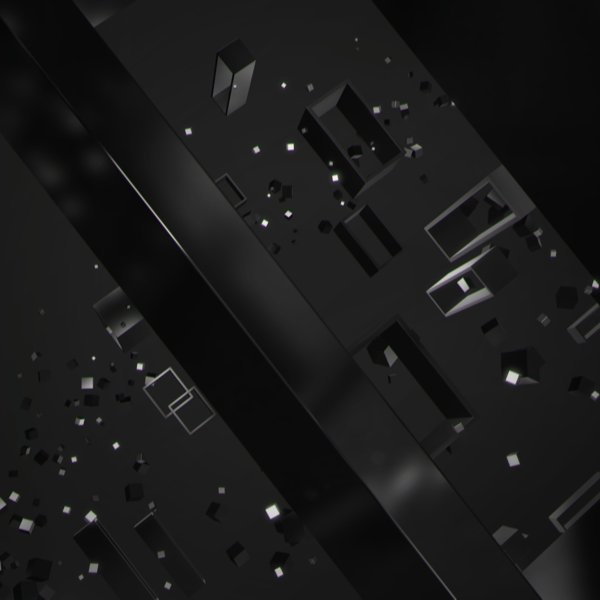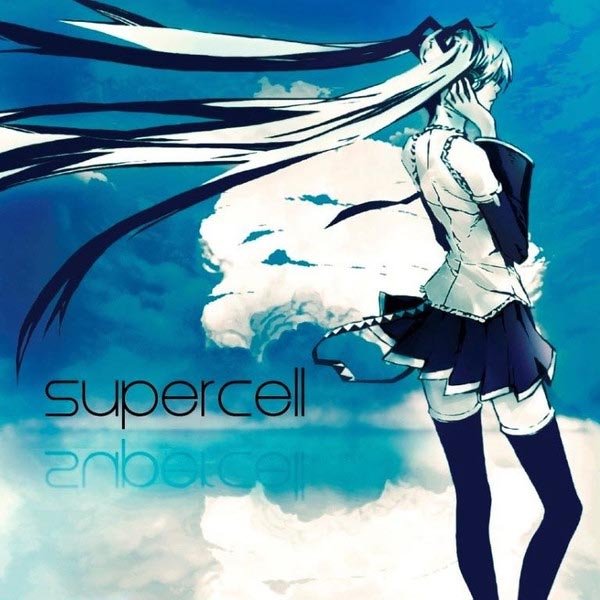Everyone that loves music knows the voice is as much of an instrument as a guitar or a drum set. More than just a delivery method for lyrics, the voice is capable of expressing virtually any idea. From simple unpitched spoken word to the complex throat singing of Tuva and Mongolia, the voice has proven itself over millennia to be more versatile than any musical apparatus you could hope to pick up.
It’s not magic, though. You can train your voice and stretch it to its breaking point, but you’re ultimately bound by your physical limitations. You can’t extend your range, nor can you really change the timbre of your vocal cords. For people unwilling to sing or unable to use their voice in the way that they want (and uninterested in enlisting the help of someone who can), what can be done? To augment the limits of physical instruments, synthesizers and digital workstations have been available for decades for artists to help give shape to the music of their mind — but does such a thing exist for vocals?
In 2000, the Yamaha Corporation set out to create just such a thing; the resulting software would eventually be called Vocaloid. Early versions of the program sought to make voice synthesis possible by a sophisticated analysis and recreation of the mechanics of speech, but in subsequent iterations the approach was changed. Instead, voice banks were created from samples based on real voice actors. The voice packs would be marketed with cute humanlike characters — the most famous, of course, being Hatsune Miku.
Despite Vocaloid characters having no personalities, people got attached to them anyway. Producers working with the software would often write songs from the perspective of the characters, giving them stories and establishing a fan canon of characteristics. Though some of these ideas of what Vocaloids ought to be still persist (Miku is generally outgoing, while Megurine Luka is more shy and demure), part of the appeal for the fandom is that they can be whatever you want them to be. With a community that propelled itself on an engine of pure passion, a Vocaloid oeuvre has developed with enough recognizable classics for Hatsune Miku to make the lineup at Coachella.
Vocaloid music spans a wide breadth of genres, from straightforward rock and pop, to EDM and trance, and more recently what one collective describes as “angelic post-shoegaze.” It all makes sense, because Vocaloid is simply a tool for giving a voice to the voiceless.



